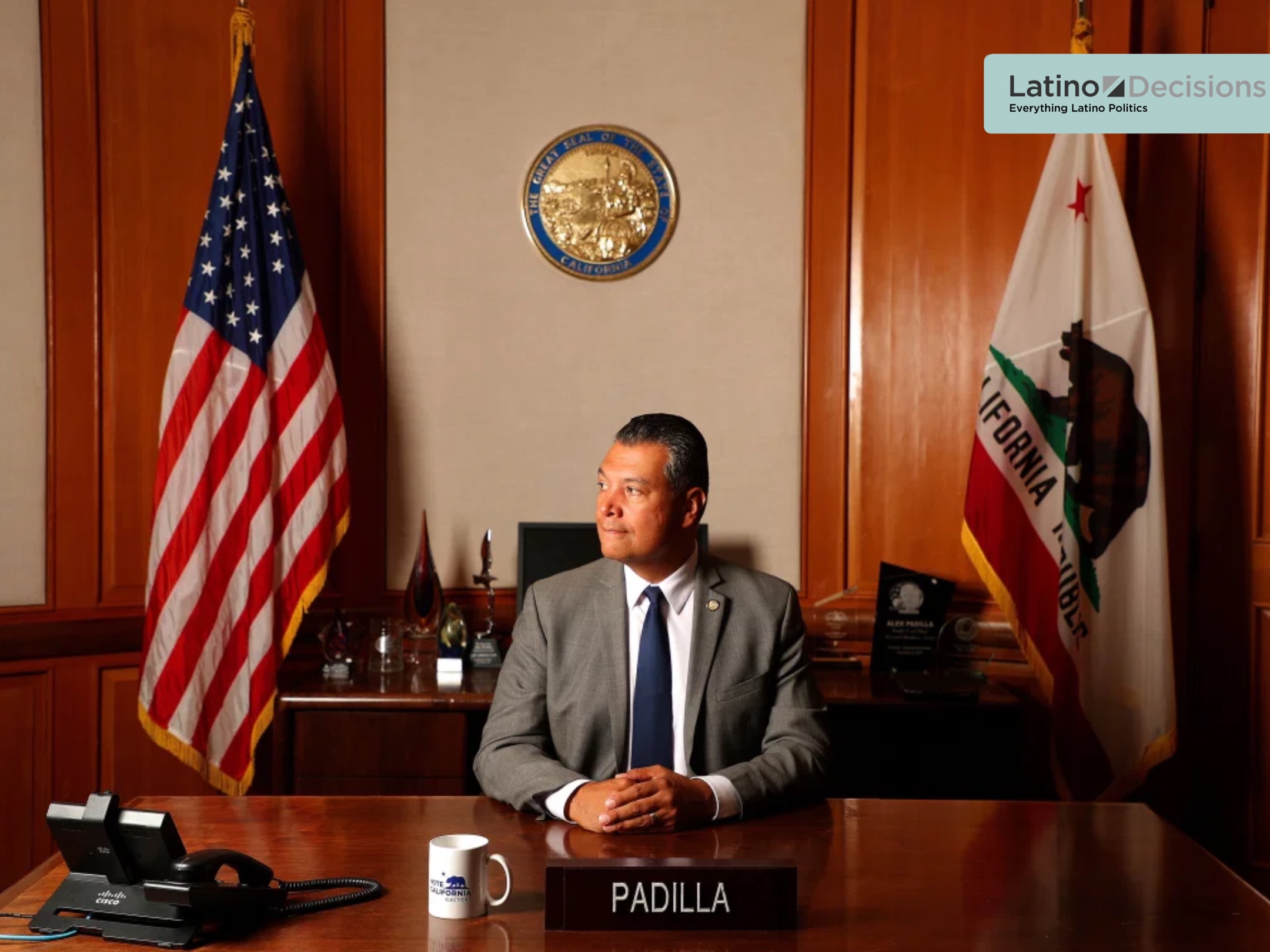While President Obama’s support among Latino voters has fallen slightly from its peak prior to the first debate (week 6 of the tracking poll), effects of a poor debate performance by President Obama have been minimal. Furthermore, we find that any small Romney gains were short-lived. We have seen relative stability over the past four weeks of LD Vote Predict projections, all based on data from the impreMedia-Latino Decisions tracking poll. According to our most recent predictions—which incorporate respondents’ predicted probabilities of voting, and their probability of voting for each candidate if they do vote—Obama stands to beat Romney by nearly 50 percentage points. Over the past few weeks the President’s lead has hovered at around 74% to 26% (and very likely no worse than 70% to 30%). The Romney campaign’s stated goal of capturing a full 38% of the Latino vote seems about as far from reach at this point as it has ever been.

Notes on Methodology
The basic approach of LD Vote Predict has been described in previous posts. The weekly projections and measures of uncertainty are based on a hierarchical Bayesian model of turnout and vote choice. The relationship between survey responses/previous voting behavior and actual likelihood that a respondent will vote is estimated from previous polling data and validated voting records. Likewise, the probability that an individual will vote for one candidate over the other is based on their stated intention (e.g., solid Obama or Romney, leaning Obama or Romney, or undecided) as well as other variables that have been demonstrated to be highly predictive of vote choice. The relationship between these predictors and actual vote, (assuming a person indeed casts a vote) has been estimated from previous polling data and follow-up calls after the election. So instead of restricting our attention to only “likely voters” and those who have already decided for whom to vote, we consider the responses of registered Latino voters, and estimate whether they will vote and if so, for whom. Furthermore, we allow for differences in voting patterns among those of different levels of commitment and enthusiasm for their favored candidate.
While past elections teach us about how to use respondents’ answers to project their turnout and vote, it is important to note, that we do not assume turnout patterns will closely track previous elections.


